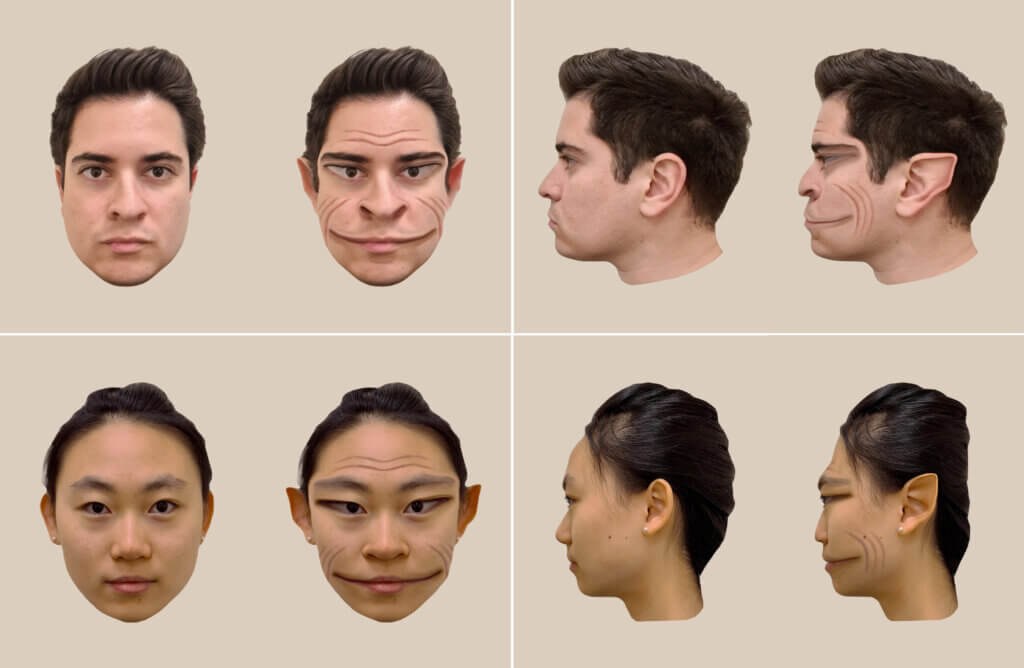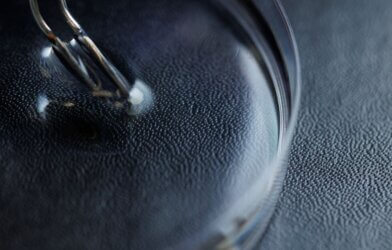No, this isn’t some plot of a horror movie. A new study is delving into a bizarre condition that caused a man to see “demons” in people’s faces. Prosopometamorphopsia (PMO) — a very rare condition that is often misunderstood and misdiagnosed — causes faces to appear distorted.
This study, conducted by researchers from Dartmouth College and published in the journal The Lancet, marks the first time that the facial distortions seen by someone with PMO have been accurately and photorealistically visualized.
Prosopometamorphopsia (PMO) comes from the Greek words for face (“prosopon”) and perceptual distortion (“metamorphopsia”). Symptoms of PMO can include alterations in the shape, size, color, and position of facial features, with these distortions lasting anywhere from days to years. The condition presents a significant challenge to those affected, as it can dramatically alter how they perceive others in their daily interactions.
The Dartmouth study focused on a particularly unique case: a 58-year-old man who only experiences these distortions when viewing faces in person, not when looking at photographs or images on screens. This peculiarity allowed researchers to create accurate visual representations of the distortions he perceives.

“In other studies of the condition, patients with PMO are unable to assess how accurately a visualization of their distortions represents what they see because the visualization itself also depicts a face, so the patients will perceive distortions on it too,” says study lead author Antônio Mello, a doctoral student in the Department of Psychological and Brain Sciences at Dartmouth, in a media release.
This case was different, though. By comparing a real face with its photograph on a computer screen, researchers could adjust the image according to the patient’s descriptions, capturing his exact visual experience without the common obstacle of recursive distortion.
The process revealed that the patient sees faces as “demonic” when viewed in person, a description that highlights the severity of the distortions experienced. This research not only advances our understanding of PMO but also emphasizes the importance of correct diagnosis and awareness.

“We’ve heard from multiple people with PMO that they have been diagnosed by psychiatrists as having schizophrenia and put on anti-psychotics, when their condition is a problem with the visual system,” explains study senior author Brad Duchaine, a professor of psychological and brain sciences and principal investigator of the Social Perception Lab at Dartmouth. “And it’s not uncommon for people who have PMO to not tell others about their problem with face perception because they fear others will think the distortions are a sign of a psychiatric disorder. It’s a problem that people often don’t understand.”
Dartmouth researchers have now opened a window into the perceptual world of PMO, offering hope that with increased awareness, those affected can receive the understanding and support they need.












